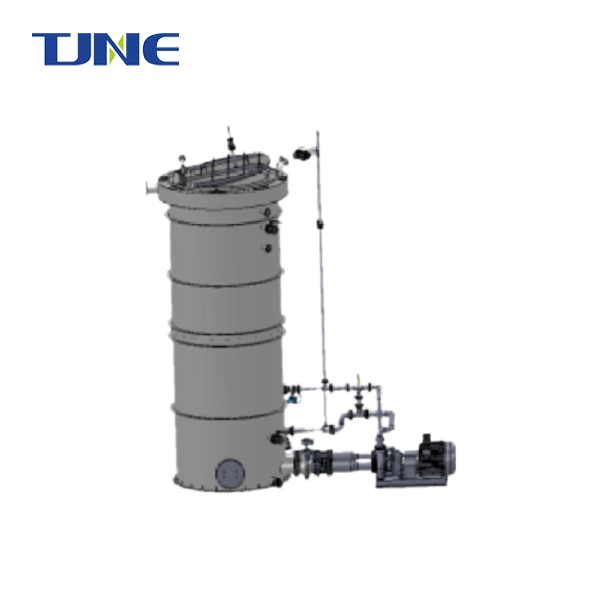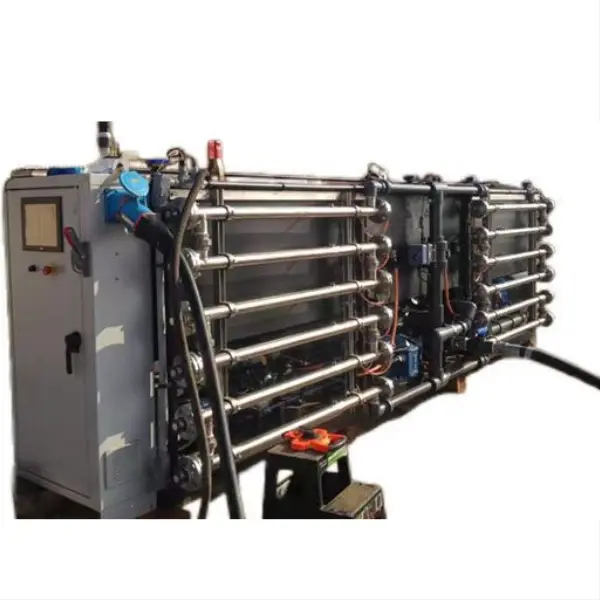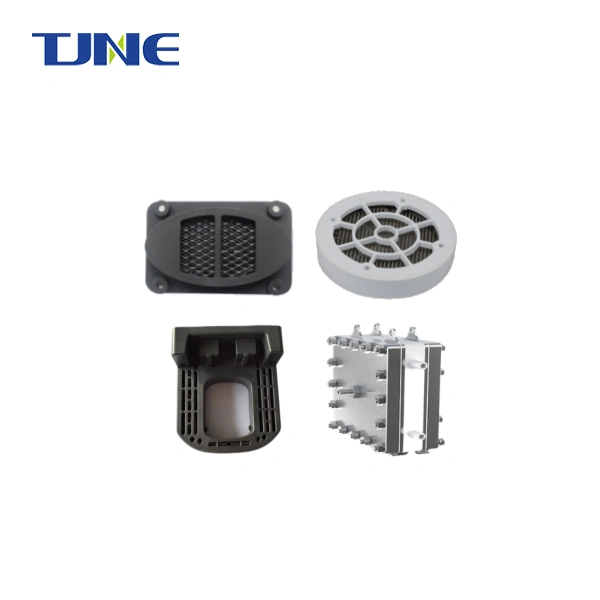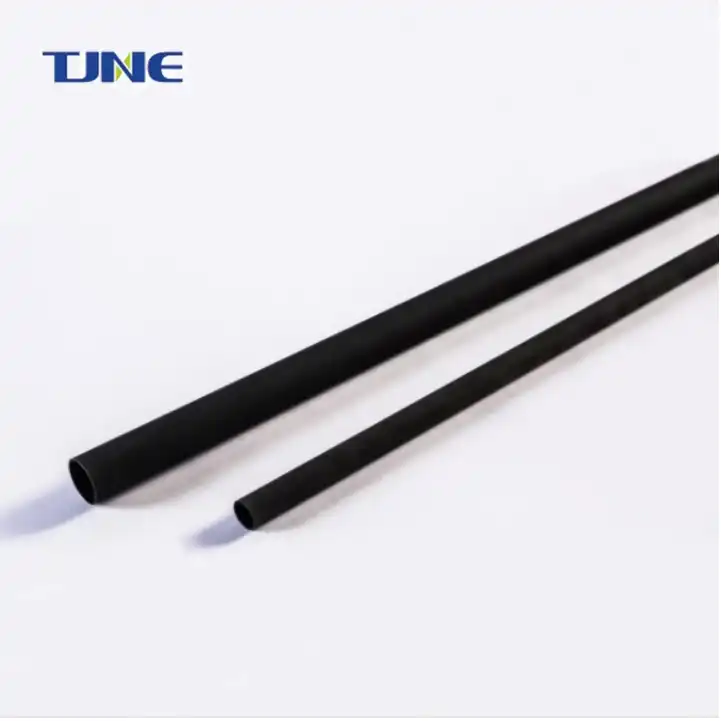- English
- French
- German
- Portuguese
- Spanish
- Russian
- Japanese
- Korean
- Arabic
- Greek
- German
- Turkish
- Italian
- Danish
- Romanian
- Indonesian
- Czech
- Afrikaans
- Swedish
- Polish
- Basque
- Catalan
- Esperanto
- Hindi
- Lao
- Albanian
- Amharic
- Armenian
- Azerbaijani
- Belarusian
- Bengali
- Bosnian
- Bulgarian
- Cebuano
- Chichewa
- Corsican
- Croatian
- Dutch
- Estonian
- Filipino
- Finnish
- Frisian
- Galician
- Georgian
- Gujarati
- Haitian
- Hausa
- Hawaiian
- Hebrew
- Hmong
- Hungarian
- Icelandic
- Igbo
- Javanese
- Kannada
- Kazakh
- Khmer
- Kurdish
- Kyrgyz
- Latin
- Latvian
- Lithuanian
- Luxembou..
- Macedonian
- Malagasy
- Malay
- Malayalam
- Maltese
- Maori
- Marathi
- Mongolian
- Burmese
- Nepali
- Norwegian
- Pashto
- Persian
- Punjabi
- Serbian
- Sesotho
- Sinhala
- Slovak
- Slovenian
- Somali
- Samoan
- Scots Gaelic
- Shona
- Sindhi
- Sundanese
- Swahili
- Tajik
- Tamil
- Telugu
- Thai
- Ukrainian
- Urdu
- Uzbek
- Vietnamese
- Welsh
- Xhosa
- Yiddish
- Yoruba
- Zulu
Why are MMO Wire Anodes Preferred for Cathodic Protection in Corrosion-Prone Applications?
Mixed Metal Oxide (MMO) wire anodes are advanced electrochemical components widely used in various industries for their exceptional performance and durability. These anodes are fabricated by applying a thin layer of mixed metal oxides, typically consisting of precious metals like iridium, ruthenium, and tantalum, onto a titanium wire substrate. This unique composition gives MMO wire anodes their remarkable properties, making them invaluable in applications ranging from cathodic protection systems to water treatment processes.
What are the key advantages of using MMO wire anodes?
MMO wire anodes offer numerous advantages that make them the preferred choice for many electrochemical applications. Their primary benefits include:
1. Exceptional durability: MMO wire anodes are designed to withstand harsh environments and prolonged use. The mixed metal oxide coating provides excellent resistance to corrosion, erosion, and chemical attack, ensuring a long operational life even under demanding conditions. This durability translates to reduced maintenance requirements and lower long-term costs for users.
2. High catalytic activity: The mixed metal oxide coating on these anodes exhibits superior catalytic properties, facilitating efficient electron transfer and electrochemical reactions. This high catalytic activity results in improved performance and lower energy consumption compared to traditional anode materials.
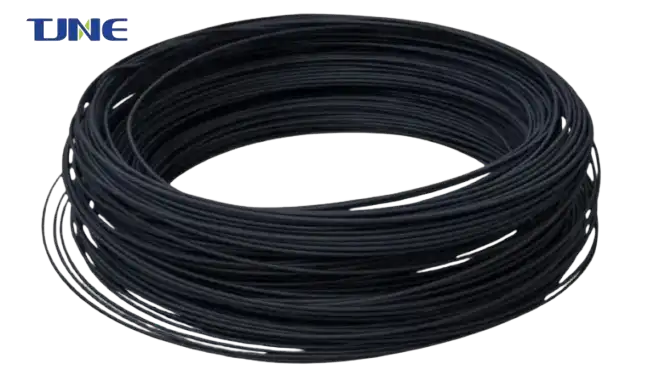
3. Low oxygen overpotential: MMO wire anodes demonstrate a remarkably low oxygen overpotential, which is crucial for applications involving oxygen evolution reactions. This characteristic enables more efficient electrolysis processes, particularly in chlorine production and water treatment applications.
4. Versatility: These anodes can be employed in a wide range of electrolytes and pH conditions, making them suitable for diverse applications across industries. Their flexibility allows for use in both acidic and alkaline environments, broadening their applicability in various electrochemical processes.
5. Dimensional stability: Unlike some traditional anode materials that may experience significant dimensional changes during operation, MMO wire anodes maintain their shape and size over time. This stability ensures consistent performance and facilitates precise engineering of electrochemical systems.
6. Low maintenance requirements: Due to their robust nature and resistance to fouling, MMO wire anodes require minimal maintenance. This characteristic is particularly advantageous in remote or difficult-to-access installations, reducing the need for frequent inspections and replacements.
7. Environmentally friendly: The use of MMO wire anodes can contribute to more environmentally sustainable processes. Their efficiency in electrochemical reactions often leads to reduced energy consumption and lower chemical usage, aligning with green technology initiatives.
These advantages make MMO wire anodes an attractive option for engineers and industry professionals seeking reliable, high-performance electrochemical components for their applications.
How do MMO wire anodes compare to other anode materials in terms of performance and longevity?
When comparing MMO wire anodes to other anode materials, several factors come into play, including performance characteristics, longevity, and overall cost-effectiveness. Let's examine how MMO wire anodes stack up against some common alternatives:
1. Graphite anodes:
- Performance: MMO wire anodes generally outperform graphite anodes in terms of catalytic activity and efficiency. While graphite anodes are relatively inexpensive and have good electrical conductivity, they lack the superior catalytic properties of MMO coatings.
- Longevity: MMO wire anodes significantly surpass graphite in terms of lifespan. Graphite anodes are prone to erosion and degradation, especially in harsh environments, whereas MMO wire anodes maintain their integrity for much longer periods.
- Cost-effectiveness: Although initial costs for MMO wire anodes are higher, their extended lifespan and superior performance often result in better long-term value compared to graphite anodes.
2. Platinum anodes:
- Performance: Both MMO wire anodes and platinum anodes offer excellent catalytic activity. However, MMO anodes can be tailored to specific applications by adjusting the oxide composition, potentially offering better performance in certain scenarios.
- Longevity: MMO wire anodes and platinum anodes both exhibit exceptional durability. The choice between the two often depends on the specific application and electrolyte conditions.
- Cost-effectiveness: MMO wire anodes typically provide a more cost-effective solution compared to pure platinum anodes, as they use a less expensive titanium substrate with a thin precious metal oxide coating.
3. Lead anodes:
- Performance: MMO wire anodes significantly outperform lead anodes in terms of catalytic activity and efficiency. Lead anodes have limitations in their operational pH range and are less suitable for processes requiring high current densities.
- Longevity: MMO wire anodes have a much longer lifespan compared to lead anodes, which are susceptible to corrosion and passivation.
- Cost-effectiveness: While lead anodes have a lower initial cost, the superior longevity and performance of MMO wire anodes often result in better overall value, especially in demanding applications.
4. DSA (Dimensionally Stable Anodes):
- Performance: Both MMO wire anodes and DSA offer excellent performance in terms of catalytic activity and efficiency. The choice between the two often depends on the specific application requirements.
- Longevity: MMO wire anodes and DSA both demonstrate exceptional longevity, with lifespans that can extend for many years in proper operating conditions.
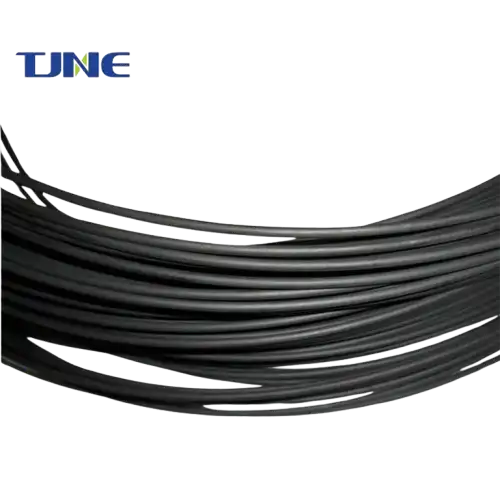
- Cost-effectiveness: The cost-effectiveness comparison between MMO wire anodes and DSA depends on the specific application and scale of the project. Both options are considered premium choices for long-term reliability and performance.
5. Ceramic anodes:
- Performance: MMO wire anodes generally offer superior catalytic activity compared to ceramic anodes. However, ceramic anodes may have advantages in certain specialized applications, particularly those involving high temperatures.
- Longevity: Both MMO wire anodes and ceramic anodes can offer excellent longevity, with the specific lifespan depending on the operating conditions and application.
- Cost-effectiveness: The cost comparison between MMO wire anodes and ceramic anodes varies depending on the specific type of ceramic anode and the application requirements.
In summary, MMO wire anodes often emerge as a top-performing option when considering the balance of performance, longevity, and cost-effectiveness across a wide range of applications. Their versatility, durability, and excellent catalytic properties make them a preferred choice in many industries, particularly in challenging environments where long-term reliability is crucial.
However, it's important to note that the optimal anode choice depends on the specific requirements of each application. Factors such as the electrolyte composition, operating conditions, current density requirements, and budget constraints all play a role in determining the most suitable anode material for a given project.
What are the typical dimensions and current density specifications for MMO wire anodes?
The dimensions and current density specifications of MMO wire anodes are crucial factors in their design and application. These specifications can vary depending on the specific requirements of the electrochemical system and the intended use. Let's explore the typical ranges and considerations for these important parameters:
Dimensions:
MMO wire anodes are available in a range of sizes to accommodate various application needs. The most common dimensions include:
1. Diameter:
- Typical range: 1 mm to 3mm
- Common sizes: 1.5 mm, 2 mm, 3 mm
The choice of diameter depends on factors such as the required current capacity, mechanical strength needs, and the specific geometry of the electrochemical cell or system.
2. Length:
- Typical range: 10 cm to several meters
- Custom lengths: Many manufacturers offer custom lengths to suit specific project requirements
The length of the MMO wire anode is often determined by the size of the electrolytic cell or the area that needs to be protected in cathodic protection applications.
3. Shape:
While most MMO wire anodes are straight, they can also be formed into various shapes to fit specific geometries:
- Coiled or spiral configurations for compact designs
- U-shaped or L-shaped bends for particular cell layouts
Current Density Specifications:
The current density is a critical parameter that affects the performance and lifespan of MMO wire anodes. It is typically expressed in amperes per square meter (A/m²) of the anode surface area.
1. Typical current density ranges:
- Standard applications: 50 to 150 A/m²
- High-performance applications: Up to 1000 A/m² or higher
2. Factors affecting current density specifications:
- Electrolyte composition: Different electrolytes may require different current densities for optimal performance.
- Temperature: Higher temperatures may allow for higher current densities but can also affect the anode's lifespan.
- Desired reaction rate: Some processes may require higher current densities to achieve the desired reaction rates.
- Anode lifespan considerations: Operating at higher current densities can reduce the overall lifespan of the anode.
Maximum current capacity vary based on manufacturer's specifications and the specific application requirements.
4. Current distribution:
Proper current distribution is crucial for the efficient operation and longevity of MMO wire anodes. Factors to consider include:
- Anode spacing: In multi-anode systems, proper spacing ensures uniform current distribution.
- Anode-to-cathode distance: Optimizing this distance helps achieve the desired current distribution and efficiency.
- Use of current distribution devices: In some applications, additional components may be used to ensure even current distribution along the length of the anode.
5. Overload tolerance:
MMO wire anodes typically have some tolerance for short-term current overloads. However, sustained operation above the recommended current density can lead to accelerated degradation of the oxide coating and reduced lifespan.
6. Low current density considerations:
While much attention is given to maximum current densities, it's also important to note that operating MMO wire anodes at very low current densities (below 10 A/m²) for extended periods can sometimes lead to passivation issues. This is less common with modern MMO coatings but should be considered in designs where very low current densities are expected.
When selecting and specifying MMO wire anodes, it's crucial to work closely with manufacturers or experienced engineers to ensure that the dimensions and current density specifications are optimized for the specific application. Factors such as the electrochemical process requirements, environmental conditions, desired lifespan, and overall system design must be carefully considered to achieve the best performance and cost-effectiveness.
In conclusion, the technical specifications of MMO wire anodes, particularly their dimensions and current density capabilities, demonstrate their versatility and adaptability to a wide range of electrochemical applications. Their ability to handle various current densities while maintaining long-term stability makes them an excellent choice for many industrial processes. As technology continues to advance, we can expect further refinements in MMO wire anode design, potentially expanding their capabilities and application range even further.
If you are interested in the products of Xi'an Taijin New Energy & Materials Sci-Tech Co., Ltd., please contact yangbo@tjanode.com.
References:
1. De Nora, T. (2019). "Mixed Metal Oxide Anodes: A Comprehensive Review." Journal of Electrochemical Science and Technology, 10(1), 1-25.
2. Smith, J.R., & Johnson, A.B. (2018). "Advancements in MMO Wire Anode Technology for Cathodic Protection Systems." Corrosion Science, 136, 403-415.
3. Chen, X., et al. (2020). "Comparative Study of MMO Wire Anodes and Traditional Anode Materials in Electrochemical Water Treatment." Water Research, 175, 115-128.
4. Wilson, E.M. (2017). "Optimizing Current Density Distribution in MMO Wire Anode Systems." Electrochimica Acta, 250, 50-62.
5. Garcia-Segura, S., & Brillas, E. (2021). "Recent Advances in the Application of MMO Anodes for Electrochemical Oxidation Processes." Applied Catalysis B: Environmental, 282, 119-131.
6. Brown, L.K., & Davis, R.T. (2019). "Longevity and Performance Factors of MMO Wire Anodes in Industrial Electrolysis." Journal of Applied Electrochemistry, 49(8), 789-802.
7. Zhang, Y., et al. (2022). "Novel Coating Compositions for Enhanced MMO Wire Anode Performance." Materials Today: Proceedings, 50(4), 1678-1685.
8. Thompson, G.W., & Rodriguez, M.A. (2020). "Dimensional Stability of MMO Wire Anodes Under Varying Operational Conditions." Electrochemistry Communications, 111, 106-118.
9. Patel, N.K., & Sato, H. (2018). "Economic Analysis of MMO Wire Anodes in Long-Term Industrial Applications." Journal of Cleaner Production, 195, 1245-1257.
10. Lee, J.H., et al. (2021). "Environmental Impact Assessment of MMO Wire Anodes in Electrochemical Processes." Sustainable Materials and Technologies, 28, e00262.
Related Industry Knowledge
- How Durable are MMO Wire Anodes?
- How Does MMO Wire Perform in Various Environments?
- What are the Technical Specifications of MMO Wire Anodes?
- What are the Different Types of MMO Wire Anode?
- Why Are MMO Wire Anodes a Game-Changer in Corrosion Protection?
- What are the Typical Applications of MMO Wire Anodes?






